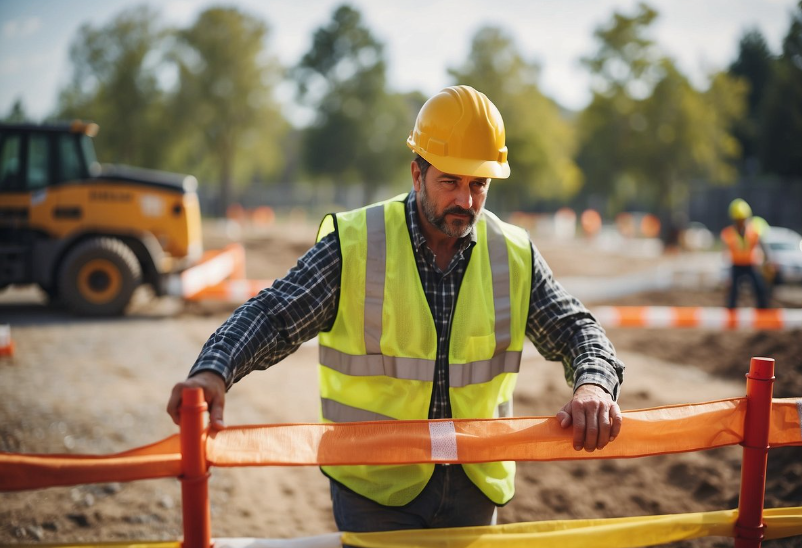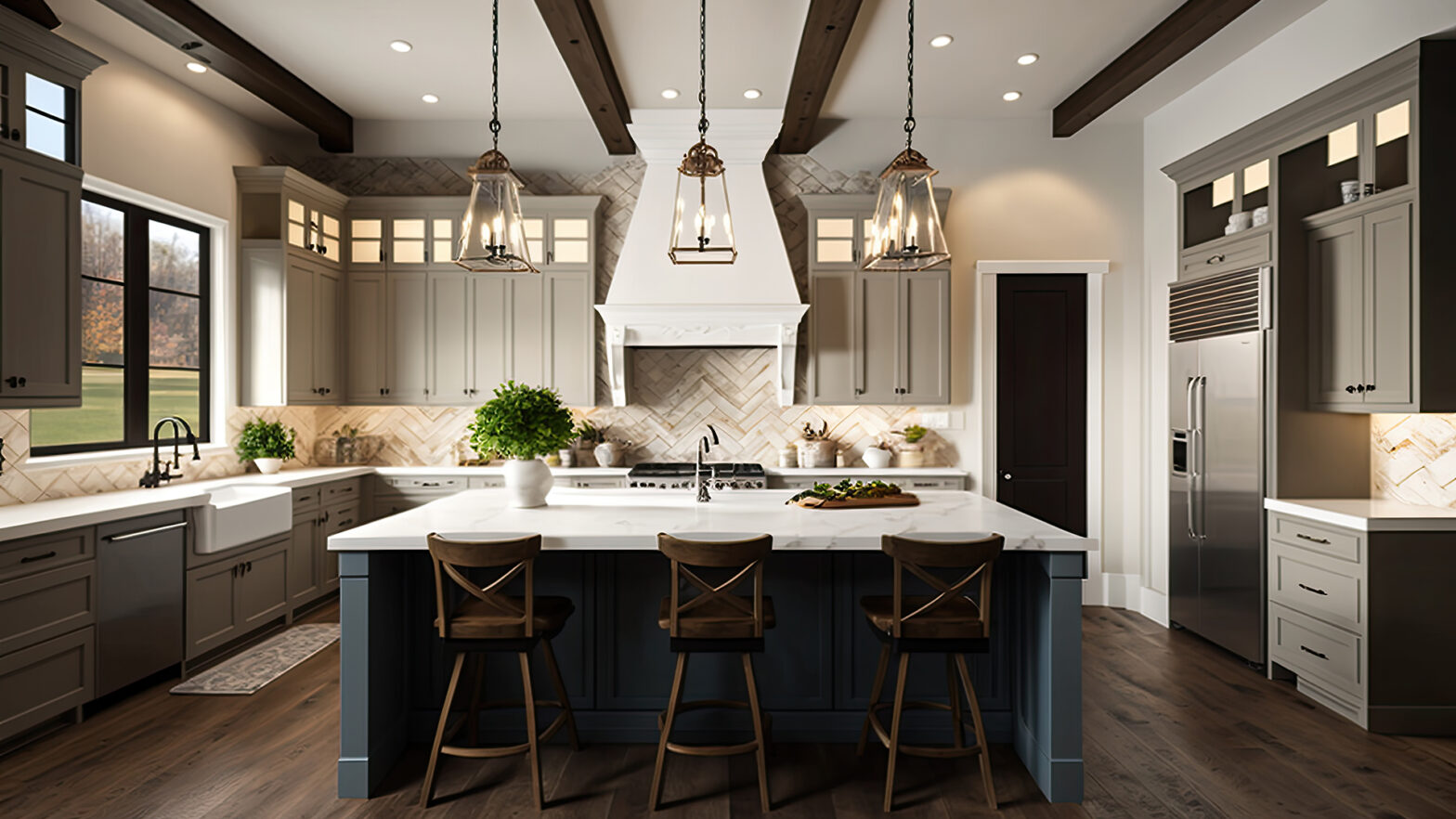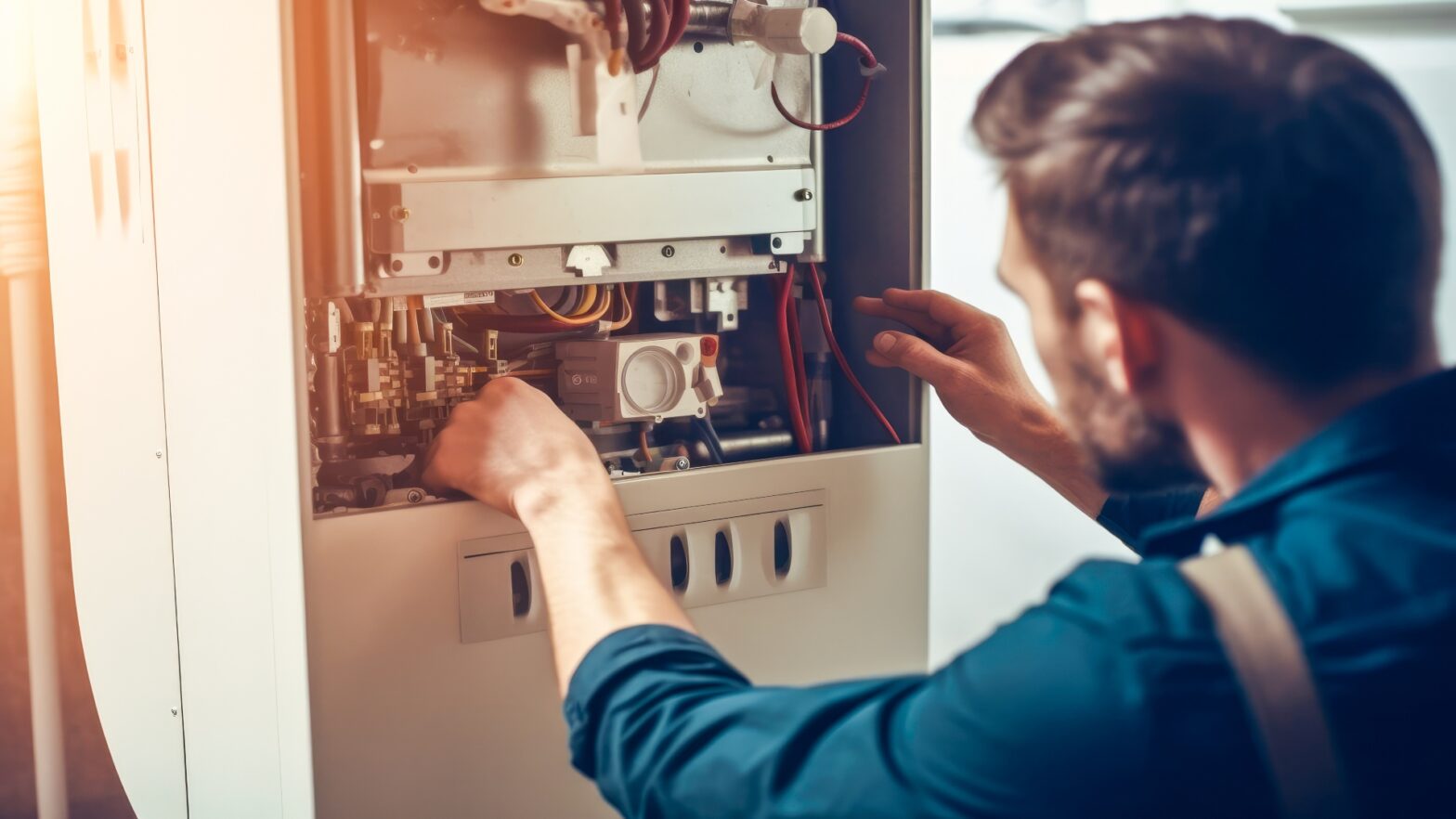Homeowners often hire contractors for various projects, from renovations to landscaping. While these professionals are experienced and skilled, accidents can still happen on your property. Understanding how to protect yourself from potential liability if a contractor gets injured can save you from costly legal issues.
Ensure that the contractor you hire has adequate insurance coverage, including workers’ compensation and liability insurance. Verify these details before any work begins to safeguard yourself against potential claims. Taking these steps enhances your protection and allows the contractor to work confidently and safely.
Create a safe working environment by clearing any hazards and ensuring that tools and equipment are used correctly. Regular check-ins during the project can also help identify and mitigate risks early. Simple preemptive actions can significantly reduce the occurrence of accidents, providing peace of mind throughout the project’s duration.
Understanding Liability and Legal Implications
Navigating liability and legal implications related to contractor injuries on your property requires careful attention. Homeowners may face significant responsibilities and potential legal consequences.
Types of Contractor Injuries
Contractor injuries can range from minor cuts to severe, life-threatening accidents. Common injuries include falls from ladders, electrical shocks, and injuries from heavy equipment.
Falls from heights often occur when working on roofs or high structures. Electrical shocks might happen during wiring work. Heavy machinery accidents frequently result in broken bones or severe lacerations.
Understanding these common injuries can help homeowners take preventive measures. Clear communication and appropriate safety protocols are essential.
Homeowner Liability for Contractor Injuries
Homeowners bear significant responsibility for ensuring a safe working environment. Failure to provide a hazard-free workspace might lead to legal repercussions. If a contractor gets injured due to negligence, the homeowner could be liable for medical expenses and damages.
Liability often depends on the nature of the contractor’s employment. Independent contractors generally carry their insurance. However, if you hire a contractor informally or without verifying coverage, you might be held liable.
Consulting with a Bronx wrongful death lawyer or similar legal expert is advisable to navigate potential liabilities effectively. It’s also crucial to secure proper liability insurance.
Preventative Measures and Safety Practices
Proper safety measures and protocols are necessary to minimize the risk of contractor injuries on your property. Focusing on establishing clear safety protocols, verifying contractor insurance and documentation, and conducting regular property inspections can significantly reduce accident risks.
Establishing Safety Protocols
Create a comprehensive safety plan before any work begins. Clearly communicate safety rules, emergency procedures, and hazard identifications to all workers. Ensure that Personal Protective Equipment (PPE) like helmets, gloves, and safety glasses are mandatory.
Use safety signs to alert workers of potential dangers such as wet floors or electrical hazards. Regular safety meetings and training sessions can keep safety protocols fresh in workers’ minds. This proactive approach can reduce incidents significantly.
Contractor Insurance and Documentation
It’s imperative to verify the contractor’s insurance and documentation before allowing any work on your property. This includes checking for general liability insurance, workers’ compensation, and any relevant licenses.
Request proof of insurance to protect yourself from potential liability in case of an accident. Even in cases of contractor injuries, having the proper documentation ensures you are not financially responsible. Consulting with a Bronx wrongful death lawyer can offer additional guidance on legal safeguards.
Regular Property Inspections
Conduct regular property inspections to identify and mitigate potential hazards. Inspect areas where contractors will perform work, paying close attention to existing damage, uneven surfaces, and potential fall risks.
Before work starts, remove any unnecessary items that could create tripping hazards. After work commences, perform periodic checks to ensure safety measures are followed. Keeping a detailed log of these inspections helps in maintaining a safe working environment and serves as a record in case any issues arise later.
If you have further questions or concerns, contact a legal professional who can explain how the laws apply to your specific situation.
































